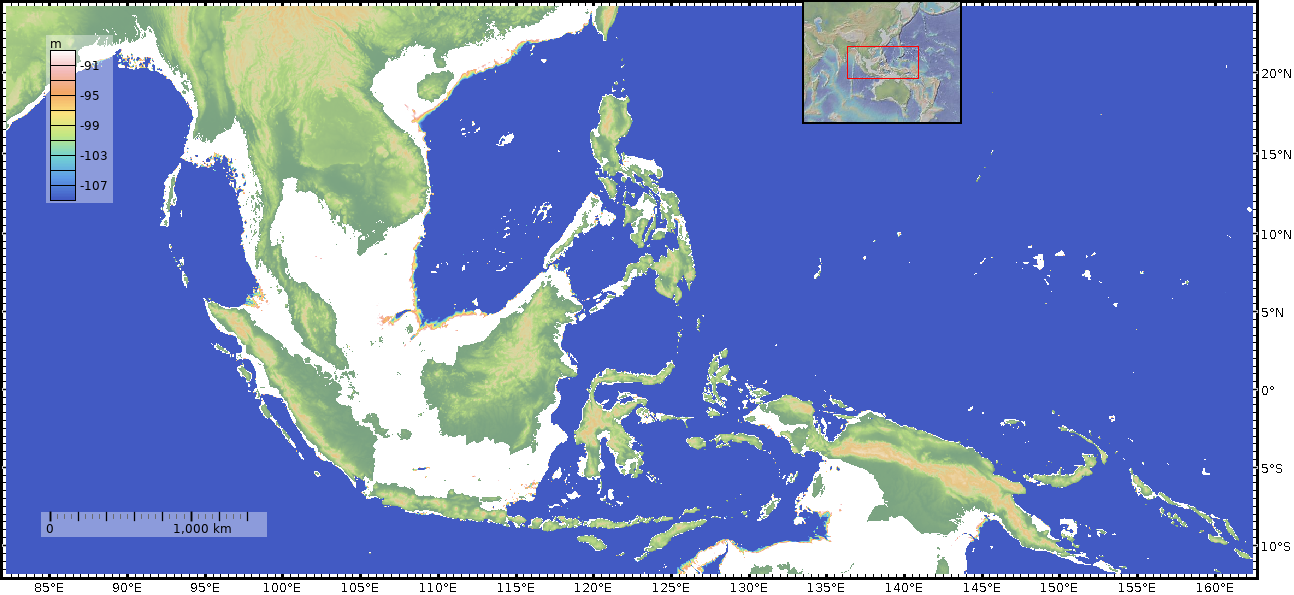In the aftermath of the disastrous (for the Tory Government) 2017 general election (for clarity - the one in June ; I remember 1974 and the two general elections that year, and I'm not going to rule out a second one this year), the question of how badly the UK Government's team at the upcoming "Brexit" negotiation will be weakened is obviously of importance. On one side will be a team from the UK's DUP-CUP Coalition of Chaos,
constantly looking over their shoulders to see if they're getting the
sack this afternoon, and on the other side a team of professional
negotiators with homes to go to and careers that won't be badly affected
one way or the other by the result. It's not going to go the way that the Government or their Brexit supporters
want. And the deal that will be aimed at by the professional EU negotiators will be one that is so bad
for Britain that it becomes an unavoidable question whether or not it is worth
carrying on.
The UK Government is going to have to try to exit from
Brexit. Hence the tag "#BrexitExit".
At that point, one would
expect - "require", even, since part of the charge of the EU government is to extend and enhance the EU - the EU negotiators to extract some political
payment. If membership of a club is considered an attractive thing, then defectors must be punished, and punished publicly.
I think one of the high probabilities of a demand for suspending Article 50 and ceasing Britain's efforts to leave the EU will be Britain signing up for the Euro.
The fact that this would be utterly repugnant to many of the political engineers of the whole Brexit debacle would, of course, be one of the motives for making this demand. There are swords which have not been fallen upon, and that is not an acceptable end point of the process.
I'm also trying to remember an aphorism to the effect that "Those who the Gods wish to destroy [for their sin of
hubris], they will first drive insane." [See footnote-2]
Boy, was PM Theresa May suffering a severe attack of
hubris when she called the election, and now it's either
Furies or
Harpies that are keeping her awake at night.
Links : (submitted as comment/ idea to a journalist on NZZ,
Neue Zürich Zeitung) Back-link?
Footnote 1 : "DUP-CUP" Democratic Unionist Party is well known ; the official name of the Tories has always (well my political lifetime, at least) been the "Conservative and Unionist Party" ; normally Tories refer to themelves as "Conservatives", but when first toadying to the DUP, May started using the full name, and telegraphing what was coming by that wording.
Footnote 2 : That phrasing actually seems to be from the 1870s by Longfellow, but the concept has been traced back via multiple re-uses to
Sophocles' Antigone lines 622-624
that a man can reason the bad
into good, when a god
seduces his wit.
That's the common (in 5th century BCE Athens) condemnation of Sophists.












